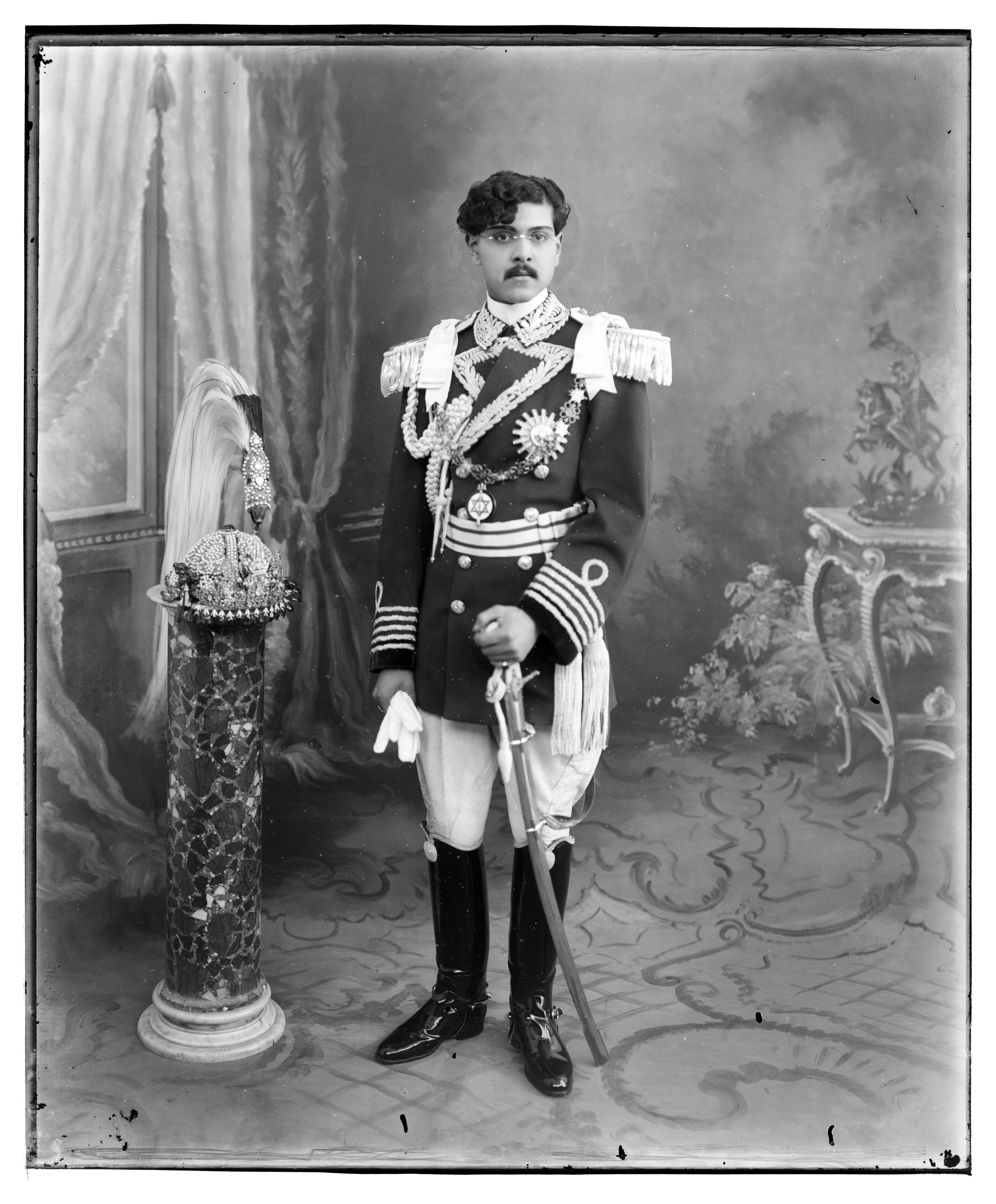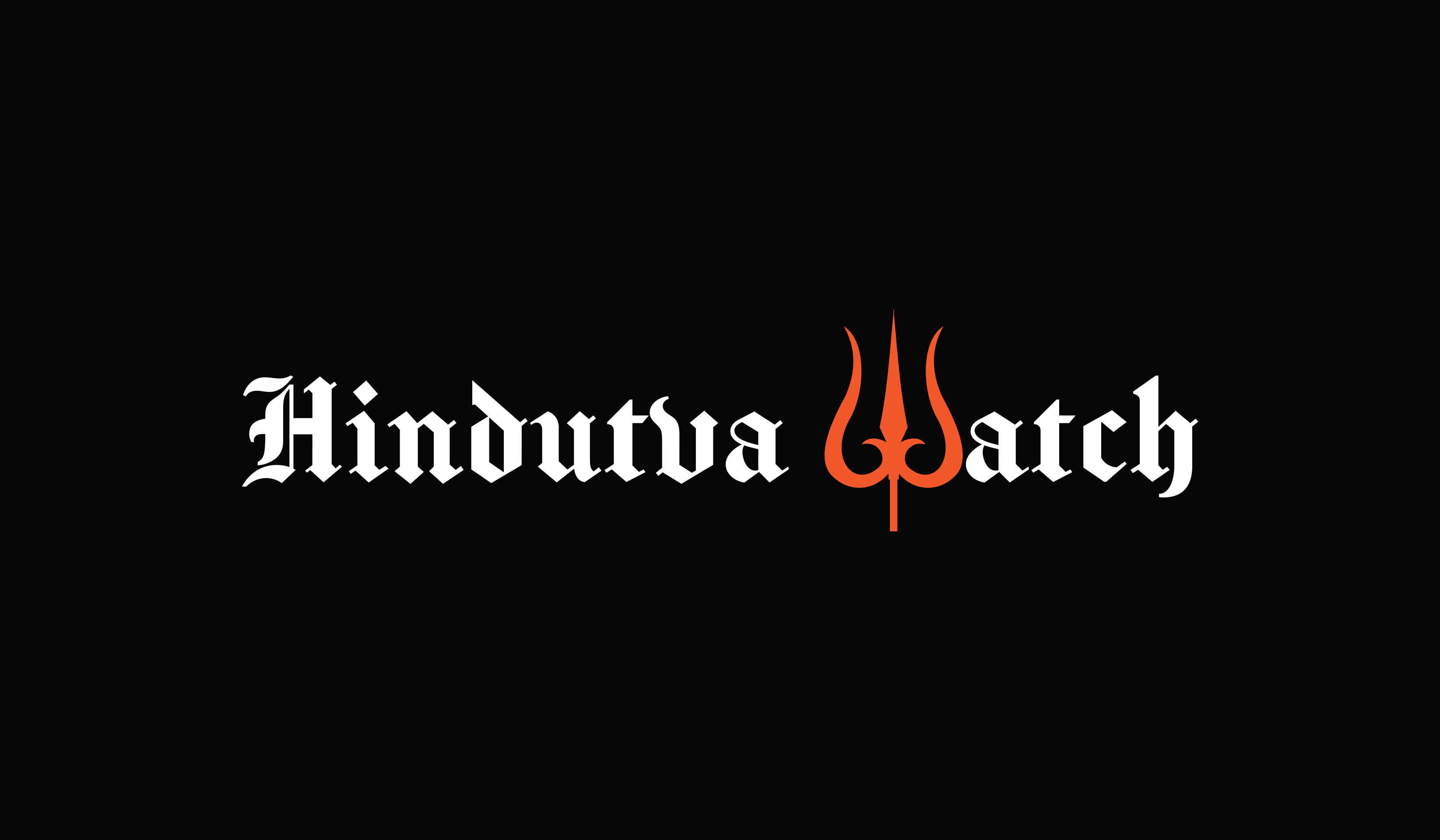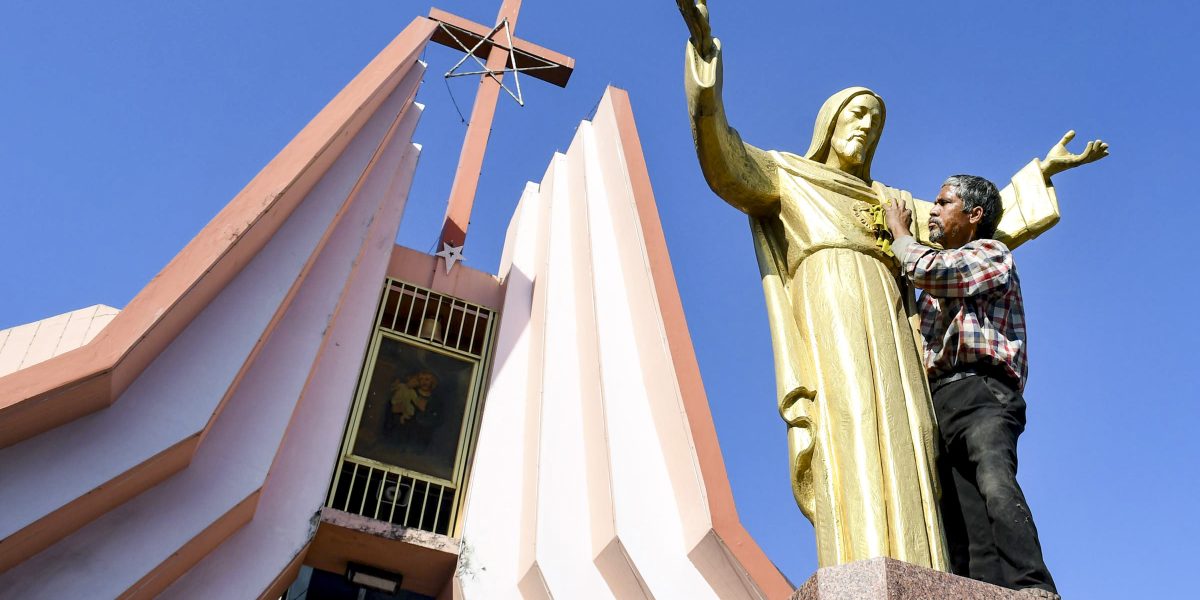
The rising calls over the past few months for Nepal to restore its monarchy has caught the attention of many in India, especially within the Sangh ecosystem.
Hindutva hardliners such as Uttar Pradesh Chief Minister Adityanath have enthusiastically promoted the idea that if Nepal were to revert to being a Hindu kingdom, a structure it abolished in 2008, it would be a beacon of stability – and have a natural cultural affinity for its giant neighbour.
This narrative, often spun with little grounding in Nepal’s complex history or present realities, suggests that a restored monarchy would serve as a reliable ally for India against China and a stabilising force amidst Kathmandu’s political chaos: since the restoration of democracy in 2008, there have been 15 distinct prime ministerial terms in a span of less than 17 years.
Yet this simplistic vision borders on fantasy and reflects the Bharatiya Janata Party’s romanticisation of authoritarianism and majoritarian symbols, though these are at odds with India’s own democratic and pluralistic values.
Historically, Nepal’s monarchy was never the straightforward ally many in the BJP claim it to be. In 1950, King Tribhuvan Shah fled to India to escape the oligarchy of the Ranas, who had served as hereditary prime ministers, with the Shah rulers merely being figureheads. Jawaharlal Nehru’s government helped facilitate Tribhuvan’s return. It supported the establishment of constitutional monarchy and the end of the Ranas’ 103-year regime.
This story was originally published in scroll.in. Read the full story here.





